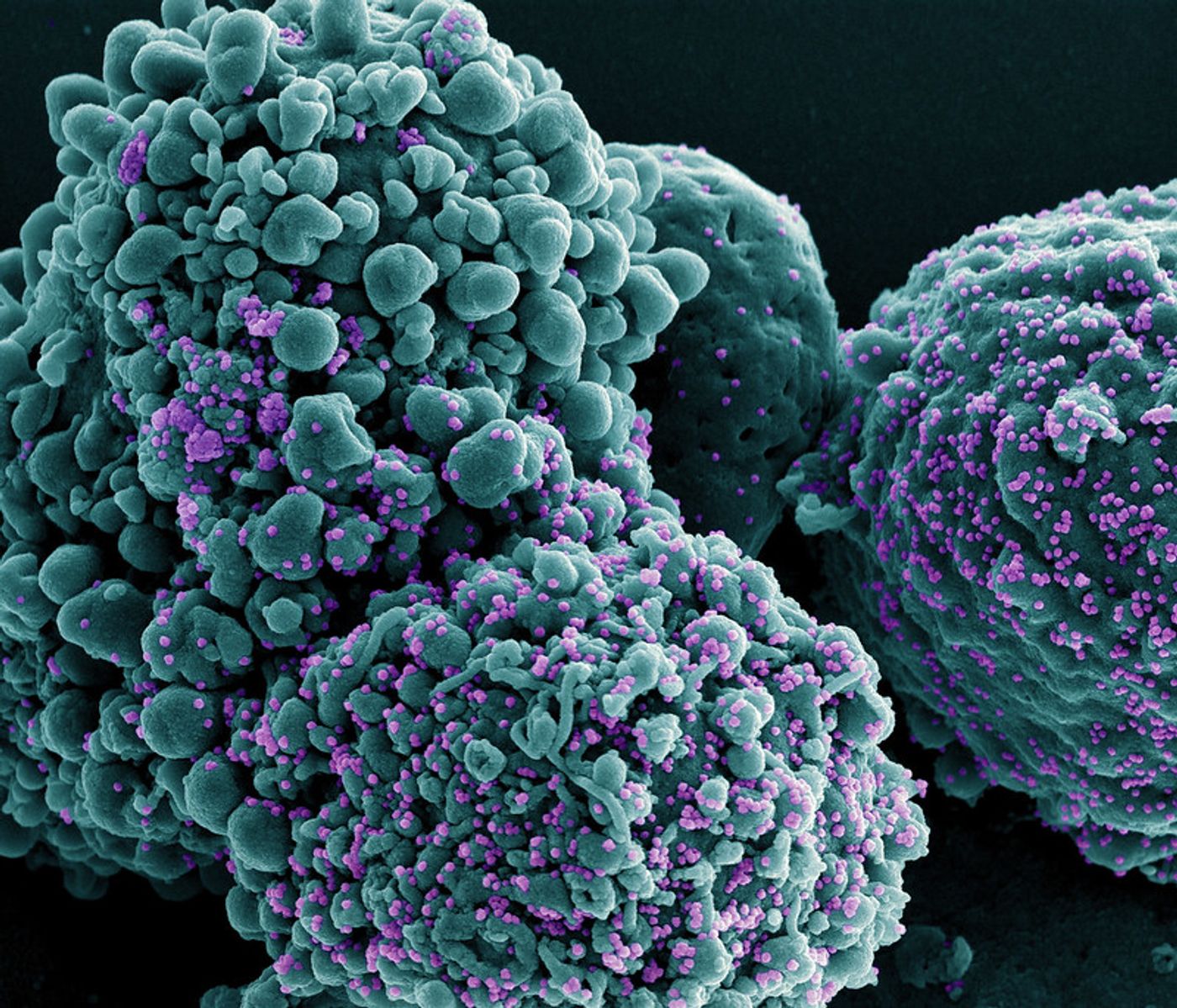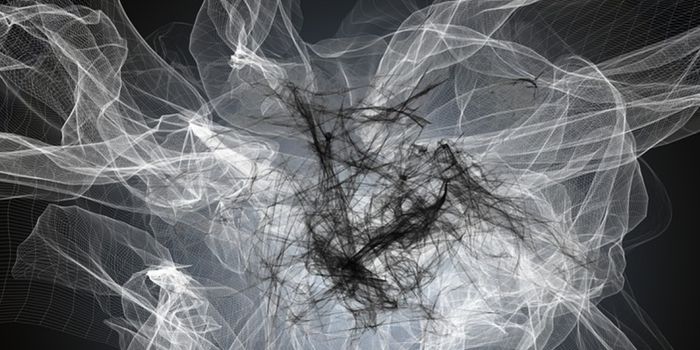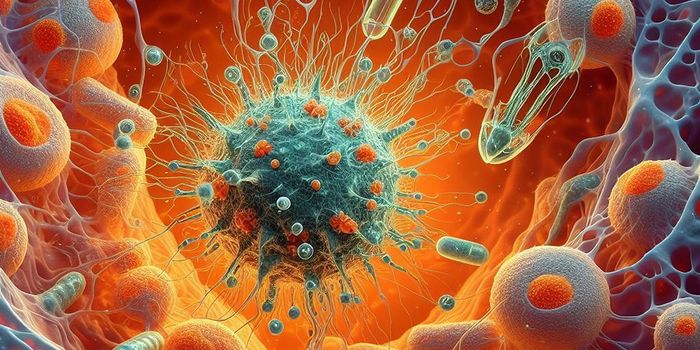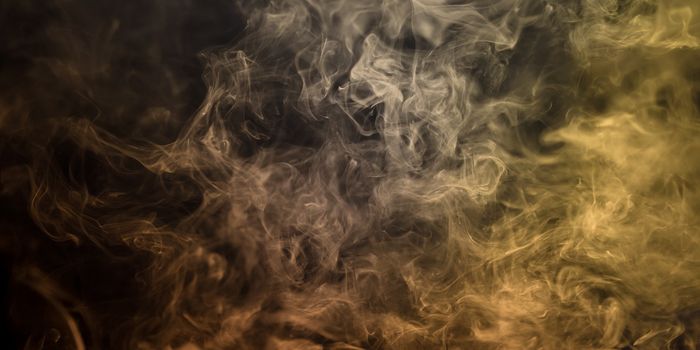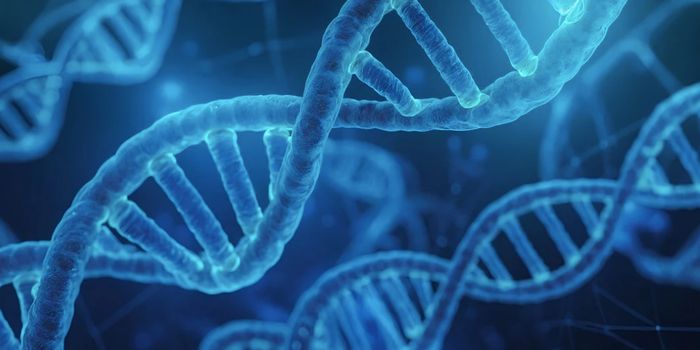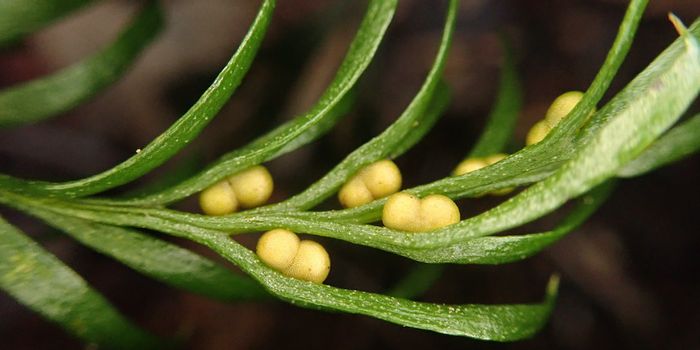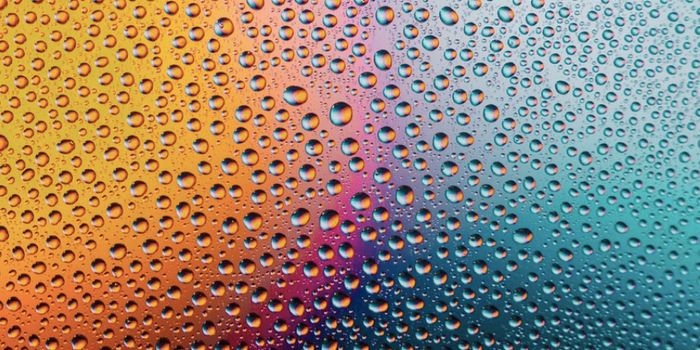Researchers Discover an Immune Response Protecting Some from COVID-19
While COVID-19 has been responsible for the deaths of millions of people around the world, and continues to sicken thousands every week, some people do not get sick with COVID-19 even when they are directly exposed to the virus that causes the illness: SARS-CoV-2. Scientists have now performed single-cell sequencing in a study in which people were intentionally infected with SARS-CoV-2, to learn more about how the immune system can successfully fight the infection, and how this response varies in different people. The work has revealed some unusual responses in which people were able to resist infection and disease. The findings, which were reported in Nature, have provided a comprehensive timeline of SARS-CoV-2 infections, and the body's responses.
In this study, 36 healthy adults who had no previous history of COVID-19 infections were exposed to SARS-CoV-2, which was administered directly to their nostrils. The researchers carefully monitored these volunteers before and after infection, checking their blood and the cells that line their noses to track the infection. This study was part of the Human Cell Atlas project, which aims to characterize every type of cell in the human body. The Human Cell Atlas project is described in the video below.
Single-cell sequencing can be used to get a snapshot of gene expression in a cell a one time. All of the messenger RNA from that cell is collected and sequenced, and the genes that are being expressed can then be identified. In this study, it was used to assess gene activity in more than 600,000 cells.
This work revealed some previously unreported immune responses to SARS-CoV-2. For example, some specialized mucosal immune cells in the blood were activated, while inflammatory white blood cells that usually surround and destroy foreign invaders were actually reduced.
People who cleared the virus right away did not have the standard systemic immune response. Instead, a specialized and subtle innate immune response was triggered, which has not been observed before. The study suggested that high expression of a gene called HLA-DQA2 prior to viral exposure seemed to help prevent a SARS-CoV-2 infection from getting established.
There were also six study volunteers who got COVID-19 after being exposed to the virus. They all mounted a rapid immune response in their bloodstream, but the immune response in the nose was slower and the virus was able to settle in to cause infection there.
Patterns in T cell receptor activation were also identified. These receptors attach to cells that are infected with the virus. The new mechanistic insights may help scientists develop therapeutics against COVID-19 and other diseases.
"These findings shed new light on the crucial early events that either allow the virus to take hold or rapidly clear it before symptoms develop," noted co-corresponding study author Dr. Marko Nikolić of University College London (UCL). We now have a much greater understanding of the full range of immune responses, which could provide a basis for developing potential treatments and vaccines that mimic these natural protective responses."
"As we're building the Human Cell Atlas we can better identify which of our cells are critical for fighting infections and understand why different people respond to coronavirus in varied ways," said Human Cell Atlas co-founder and co-corresponding study author Dr. Sarah Teichmann, now of the University of Cambridge. "Future studies can compare with our reference dataset to understand how a normal immune response to a new pathogen compares to a vaccine-induced immune response."
Sources: Wellcome Trust Sanger Institute, Nature
